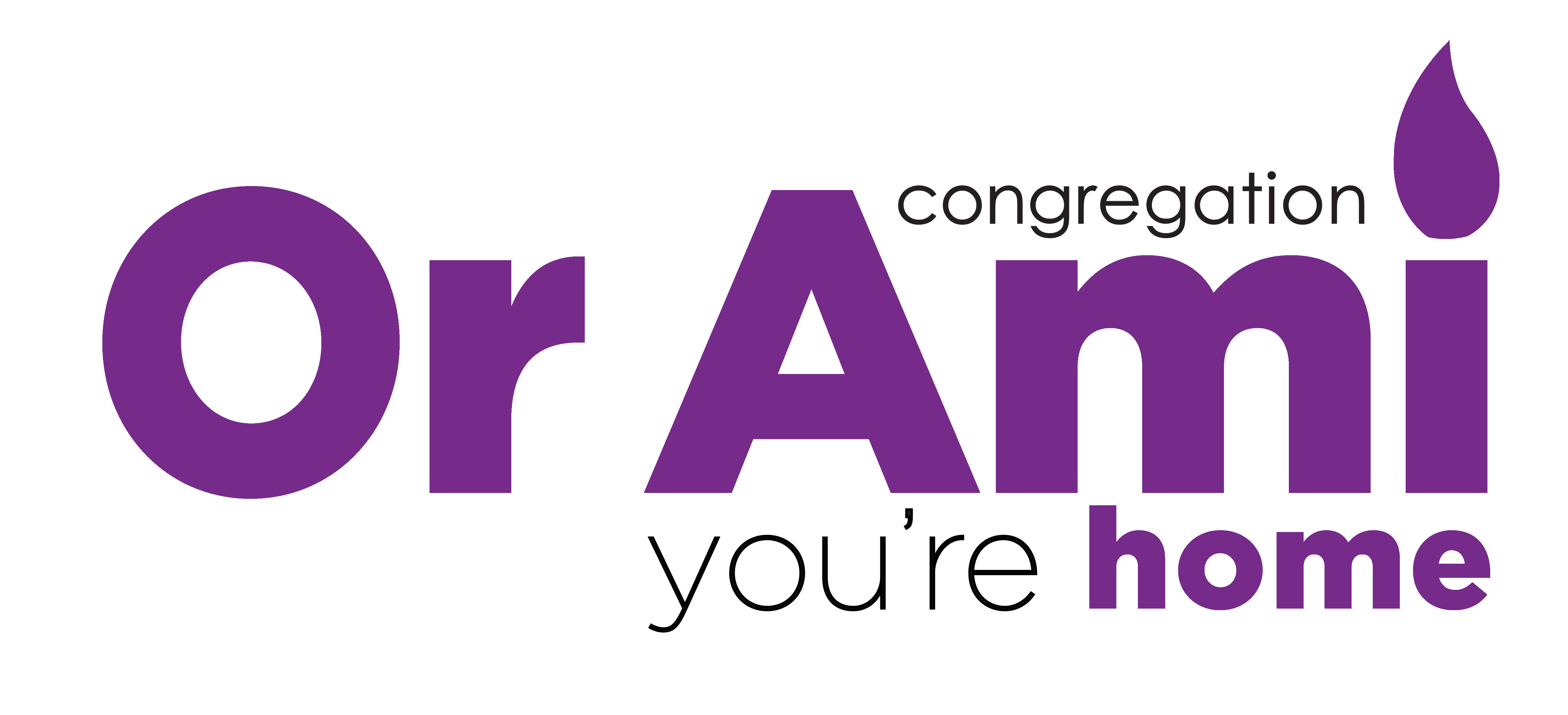How to Play Dreidel
Including History and Origins of the Dreidel
Adapted from Rabbi Amy Scheinerman | http://scheinerman.net/judaism
Shared with you by Rabbi Paul Kipnes and Cantor Doug Cotler | Congregation Or Ami, Calabasas, CA
www.orami.org | http://rabbipaul.blogspot.com | rabbipaul@orami.org | (818) 888-8290
A dreidel is a four-sided top. The Hebrew letters nun, gimel, hay, and shin are inscribed on the four sides. They are the first letters of the words “Nes gadol hayah sham” which means “A great miracle happened there.” They look like this:

In Israel, dreidels are inscribed nun, gimel, hay, pay for “Nes gadol hayah poh” meaning “A great miracle happened here.”
To play dreidel, one dreidel is needed along with a large quantity of small items such as pennies, raisins, or hazelnuts. Alternatively, each player may use his/her own dreidel. Each player is given an equal quantity of pennies, raisins, or nuts. Players sit around a table or in a circle on the floor. Each player antes in with 2. Players take turn spinning the dreidel and follow the rules below depending upon how the dreidel lands when it stops spinning.

History and Origins of the Dreidel

I grew up hearing the legend that when the Syrians outlawed the study of Torah in an effort to destroy Judaism, Jews would gather in secret to study, posting children outside the door as lookouts for the Syrian soldiers. The children would play an innocent-looking game with a spinning top, justifying their presence outside the door of a house. If they saw soldiers coming, they would alert the adults studying Torah inside, and the holy books would be safely hidden away.
There is a midrashic explanation of the meaning of the dreidel that holds that the four letters on the sides of the dreidel represent the four kingdoms which attempted to destroy Israel in ancient times, but which passed away from history, while Israel is still alive and well. They are, according to the letters on the dreidel: NUN (Nebuchadnezzar/Babylonia); HAY (Haman/Persia); GIMEL (Gog/Greece); SHIN/SIN (Se’ir/identified with Esau and hence with Rome). Although this explanation is midrashic in nature and does not explain the origins of the dreidel, it is an explanation very much in keeping with the history and theme of Chanukah.
The actual origins of the dreidel go back to a game called “totum” or “teetotum” which was played in England and Ireland in the 16th century. It required a four-sided spinning top with a letter inscribed on each side directing the player to take a specific action: T (take all); H (take half); P (put in); N (nothing). When the game was played in Germany, which by all counts appears to be the source of the Jewish version, the letters were as follows: N (nichts/nothing); G (ganz/all); H (halb/half); and S (stell ein/put in). Yiddish-speaking Jews of Eastern Europe substituted the Hebrew letters producing the same sounds: nun, gimel, hay, and shin.
From these four letters (nun, gimel, hay, shin) the phrase “Nes Gadol Haya Sham” (“a great miracle happened there”) was created. When the State of Israel was established in 1948, an Israeli version was created. The letter pay was substituted for shin to correspond with the word “po” rendering the phrase “Nes Gadol Haya Po” (“a great miracle happened here”).
In Yiddish the terms “fargle” and “varfl” are sometimes used to connote the dreidel. In Israel, the Hebrew term sevivon (from the root mean turn around or spin) is used.
